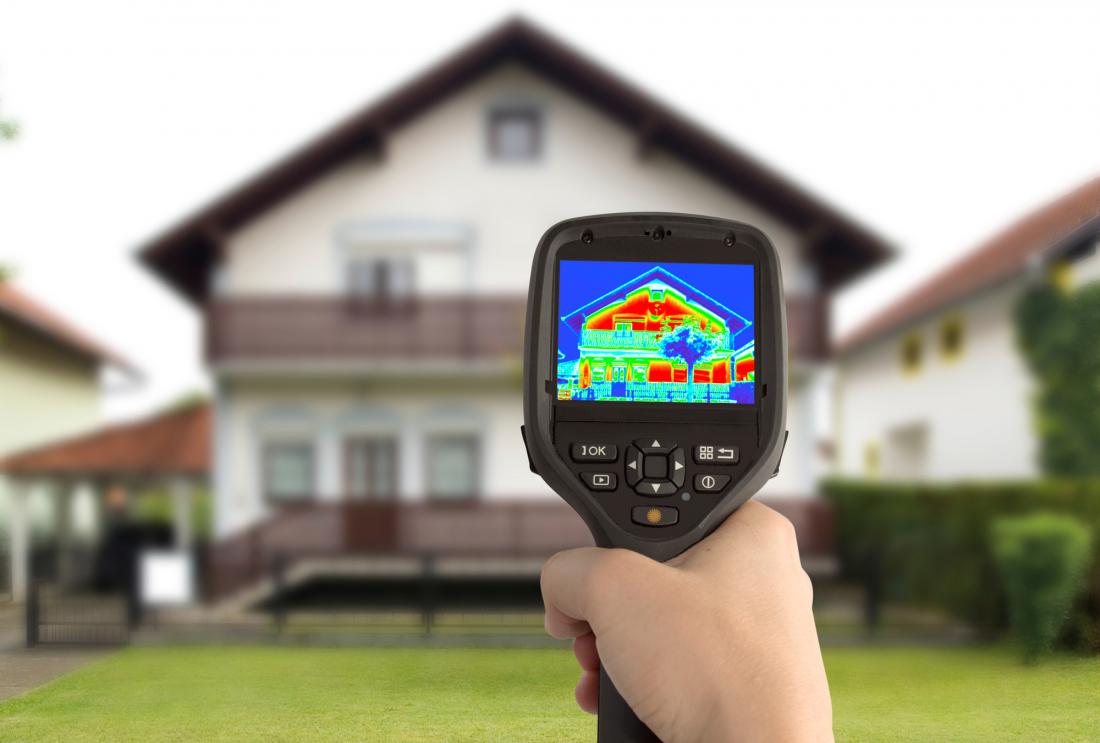Reducing Energy Consumption and Greenhouse Gas Emissions through Energy Efficient Retrofits: Evidence from Low-Income Households
- Families and households
- Climate change mitigation
- Energy conservation
- Information
- Subsidies
- Energy efficiency
Policy issue
Policymakers are eagerly seeking methods to mitigate global warming, and prevent climate change. Some people think climate change can be addressed by narrowing the energy efficiency gap, which is the difference between the actual energy used to provide energy services (such as lighting, heating, cooling, and refrigeration) and the minimum amount that could be used to provide those same services. However, few rigorous studies have been conducted about what the causes for this inefficiency are. Low investments in energy-saving technology may occur because real world returns on energy retrofits are below theoretical estimates. Additionally, behavioral biases or other factors may prevent households from undertaking energy-efficiency investments, even when costs are heavily subsidized. Distinguishing between the effects of inadequate supply and poor demand is crucial for determining the appropriate policies on energy efficiency.
Context of the evaluation
Since 1976, the Federal Weatherization Assistance Program (WAP) has been helping low-income households around the country manage their energy costs. Participating households receive free energy audits and several thousand dollars worth of free energy-efficiency retrofits, including wall insulation, attic insulation and ventilation, foundation insulation, and air leakage reduction. Currently, all owner-occupied households at or below 200 percent of the poverty line are eligible for assistance. It is claimed that weatherization reduces heating bills by 25 percent and overall energy bills by an estimated $350 to $400 per year, but more work needs to be done to substantiate these claims.[!1
Michigan was chosen as the location for the study because the state was awarded $243 million dollars under the American Recovery and Reinvestment Act, allowing for a significant increase in weatherization assistance activities. Additionally, the Michigan Public Service Commission is currently overseeing some relevant energy assistance, optimization and evaluation activities.

Details of the intervention
This study relies on a randomized encouragement design: a subset of all households that are eligible for the program will be encouraged to apply for WAP. The encouragement will increase the probability that a household decides to receive weatherization assistance, but should not affect how the household responds to the efficiency intervention.
It is expected that some households will be unfamiliar with the weatherization program, or unaware that they are eligible, therefore the encouragement will first inform households about the existence of the program. The outreach will also answer any questions the household may have about the program, and may use such tools as letters, door-to-door visits, and follow-up phone calls as means of encouragement. The benefits of the program and the savings that the household could accrue will also be fully explained. An “encouragement firm” will be contracted to design and implement this phase of the intervention.
By examining program take-up among the households as well as actual energy savings for households that do participate in the program, the study will be able to shed light on two potential explanations for the energy efficiency gap in the residential sector. First, it will provide an opportunity to assess whether energy savings from retrofits “in the field” are as large as engineering estimates suggest. Second, it will help identify household behavioral biases or other factors that prevent people from adopting beneficial energy-efficiency measures and suggest possible marketing strategies for overcoming these biases.
Results and policy lessons
Results forthcoming.
1 Michigan Department of Human Service, available at https://www.michigan.gov/dhs/0,1607,7-124-5452_7124_7211-210739--,00.html




